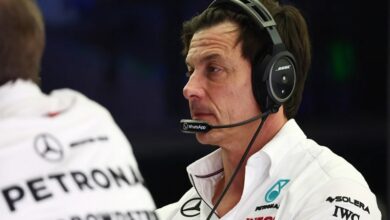The Artificial Turf Debate in Sports: Injury Risks and Player Safety

In the world of professional sports, injuries are an unfortunate reality, and athletes are constantly seeking ways to minimize their risk while maximizing their performance. Recently, the debate over the safety of artificial turf versus natural grass playing surfaces has gained significant attention, with proponents arguing for the benefits of low maintenance and durability, while critics raise concerns about the potential risks posed by these synthetic fields.
The Early Days of Artificial Turf:
Artificial turf, originally known as “ChemGrass” and later rebranded as “AstroTurf” by Monsanto, made its debut in the sports world in 1966 when it was installed at Houston’s Astrodome. However, it was met with mixed reviews. Players and managers complained that the surface lacked the give of natural grass, making diving for balls riskier and contributing to wear and tear on their bodies.
Advancements in Artificial Turf:
Over the years, artificial turf technology has evolved significantly. Modern synthetic turf systems feature shock-absorbing technology and glass-like fibers designed to mimic the feel of natural grass. Advocates argue that these fields are cost-effective, low-maintenance, and durable. Nevertheless, athletes still contend that artificial turf remains fundamentally different from natural grass and question whether safety is prioritized over cost savings.
Evaluating Injury Risks:
Numerous studies have attempted to assess the injury risk associated with different playing surfaces. Some have found higher overall injury rates on artificial turf in football, while others have reported similar rates on both artificial turf and natural grass. Surprisingly, a few studies have even indicated a higher injury rate on natural grass.
Specific Body Part Risk:
Interestingly, research has shown that the type of playing surface may influence injury risk, particularly for specific body parts. Artificial turf has been associated with a higher rate of foot and ankle injuries, irrespective of whether older or newer versions of the surface are in use. Conversely, a recent meta-analysis suggested that professional soccer players face a lower overall injury risk on artificial turf compared to natural grass.
The Role of the Human Factor:
In the complex equation of injury risk, the human body plays a critical role. Athletes’ muscles, ligaments, and tendons are vital in supporting their kinetic chain and absorbing the forces generated during athletic movements. Stiffness and compliance in these tissues are crucial, as excessive stiffness or compliance can lead to injuries.
Contact Points and Surface Interaction:
When assessing injury risk, it’s essential to consider the contact point between the athlete and the playing surface. Forces are exchanged at this interface, following Isaac Newton’s law: “For every action, there is an equal and opposite reaction.” The playing surface must strike a balance between providing resistance for acceleration and offering absorption for landing and deceleration.
Conclusion:
The debate surrounding artificial turf’s safety in sports remains ongoing. While technology continues to improve, replicating the dynamic properties of natural grass is a complex challenge. The injury suffered by New York Jets quarterback Aaron Rodgers, who sustained a season-ending Achilles tendon tear on artificial turf, highlights the need for further investigation into the relationship between playing surface and injury risk.
Ultimately, the decision on playing surface choice should consider a multitude of factors, including player characteristics, playing style, and the specific demands of the sport. As the sports industry continues to evolve, the quest for the perfect playing surface continues, with player safety remaining at the forefront of the discussion.



